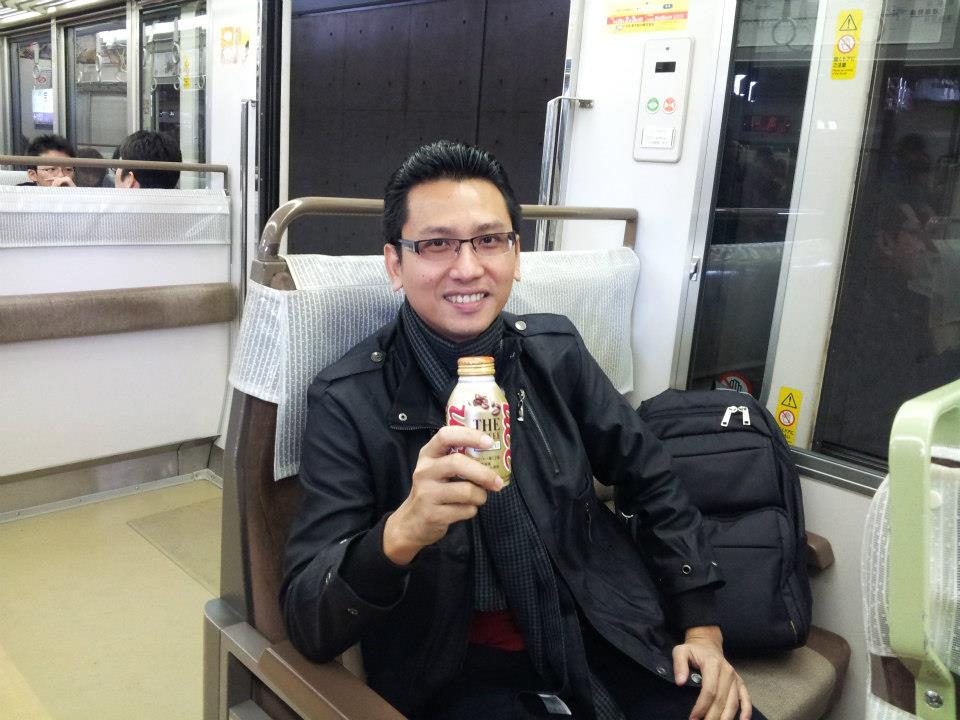TREATMENT OF LANDFILL LEACHATE USING COMBINED ADVANCED OXIDATION PROCESSES AND POROUS MEMBRANE ACTIVATED SLUDGE REACTOR
Abstract/Executive Summary
Generally, landfill leachate treatment is focused on the removal of organic matter and nitrogen as well as toxic substances during treatment. Biological treatment is a method for the removal of organics from landfill leachate. Advanced oxidation processes (AOPs) can offer an effective and environmentally friendly method for pre-treatment of landfill leachates. This research focuses on the treatment of landfill leachate using combined advanced oxidation processes (AOPs) and activated sludge reactor. The main purpose of this research is to evaluate the efficiency of the combined treatment in treating landfill leachate. The effect of different AOPs such as H2O2, Fenton, Ozone and UV radiation and their combination on the COD removal will be compared in this study. The best treatment option for treatment will be selected. In addition, the aim of this research is to investigate the performance of combined advanced oxidation processes and porous membrane activated sludge reactors at various organic loading rates (OLRs).
BIOFILM DEVELOPMENT FROM FIBRES TO TREAT AND RECOVER OIL AND GREASE, ORGANIC- NUTRIENTS, AND METAL IONS
Abstract/Executive Summary
With the development of technology and urbanization in many countries, the numbers of industrial, agricultural and domestic wastes are increasing dramatically. It was found that 42% of 1,063 studied rivers are categorized as either polluted or slightly polluted. Sungai Lunchoo and river Desa Bakti are the two examples of rivers facing polluted issues in Malaysia. Industrial discharges released heavy metal materials and also toxic chemical to Sungai Lunchoo. While, river Desa Bakti is facing in excess of nutrients due to the insufficient wastewater treatment plant. Initially, there are many advanced of treatment methods such as coagulation and flocculation, reverse osmosis, chemical precipitation, ion-exchange, nanofiltration, and flotation which are less efficiency, high cost, and high maintenance fees. For example, Vibratory Shear Enchanced Processing, river bank filtration and Effective Microorganisms. Some of the study had discovered that the waste materials (fly ash and zeolite) have the great potential for the pollutants adsorptions, especially for water and wastewater treatment. Therefore, this research aims to encourage effective and low cost methods to treat river via coconut fibre and palm oil fibre. At initial stage, the status river water quality within River Desa Bakti and Sungai Lunchoo will be verified. Then, a physical models as prototype scale test will be designed for implication of fibre. Next, the properties of the biofilm coconut fibre and palm oil fibre will be scrutinized related to BET surface, surface chemistry, and reactivity of functional groups. Furthermore, the potential study of coconut fibre and palm oil fibre to reduce the organic nutrients, oil and grease and metal ions will be identified. Lastly, an empirical model based on data monitoring from physical model will be developed. In conclusion, the effectiveness of the study provided the concept of cradle-to-cradle schemes where by using agriculture waste to achieve the sustainable and eco-friendly development.
